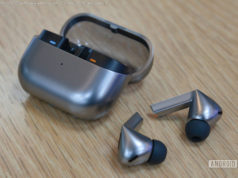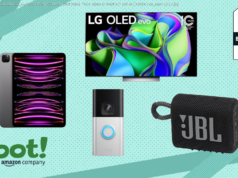Read more about FemTech emerging as next big disruptor in global health care: Study on Business Standard. Vantage point: Insights from cutting-edge research
With half the world population as target customers, a market potential of $50 billion by 2025, spurred by almost $1 billion in funding over the last three years, and a positive regulatory environment, female (FemTech) is emerging as the next big disruptor in the global health care market, according to Frost & Sullivan. “FemTech” refers to software, diagnostics, products and services that use digital to improve women’s health. Frost & Sullivan identified the following insights on women’s economic power and customer behaviour: Ninety per cent women are primary health care decision makers for their family and key influencers for friends; 80 per cent of the household health care spending is done by women; working females spend 29 per cent more per capita on health care compared to males in the same age group; 50 per cent of global health care customers are women and they’re the primary caregivers for the elderly and children; 66 per cent of women internet users look online for health care information; women are 75 per cent more likely to use digital tools for health care than men; about 80 per cent of health care professionals are women, most are nurses, 40 per cent are in executive or managerial positions; and four per cent of CEOs and 21 per cent of board members at Fortune 500 Healthcare companies are women. “Women’s health is often sidelined as a niche market; however, tides are changing and this can be attributed to the rise of the ‘she-economy’, where women are not only playing an increasingly influential role across the health care continuum, but also have higher purchasing power,” says Shruthi Parakkal, Frost & Sullivan’s transformational health analyst. Potential grows for to invest in apps, increase sales usage has reached a maturity point, but shoppers rarely stay in one place for long, moving in and out of walled gardens, and are still buying on-the-go, with varying levels of frequency, on all connected devices, says a report by Criteo. Highlighting the growing importance of mobile among shoppers, the report reinfornces how the “mobile-first” mindset will help inform omni-channel commerce marketing strategies worldwide. With rise in the mobile usage, the frequency of shopper engagement is also increasing. In India, smartphones contributes 45 per cent of the total transactions (app excluded).
The Criteo report, Global Commerce Review, adds that omni-channel strategies help educate shoppers during their winding journey, in turn driving positive online results. Global omni-channel customers offer the highest lifetime value to brands and retailers, generating 27 per cent of all sales, despite representing only seven per cent of all customers. Stressing how the app has become a crucial touchpoint for a shopper’s journey, the report adds that conversion rates are five times higher on app (about 20 per cent) than on in the Asia-Pacific region. Globally, advertisers saw nearly a 50 per cent year-over-year increase of in-app transactions, climbing to 46 per cent in the fourth quarter of 2017. “With increase in smartphone usage, app adoption and mobile browsing is the largest media consumption for Indian consumers. And with this, an interesting omnichannel shopping pattern has also emerged,” said Siddharth Dabhade, general manager, Criteo India.






